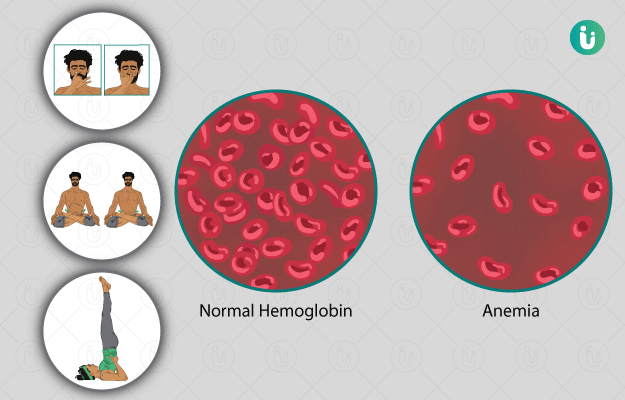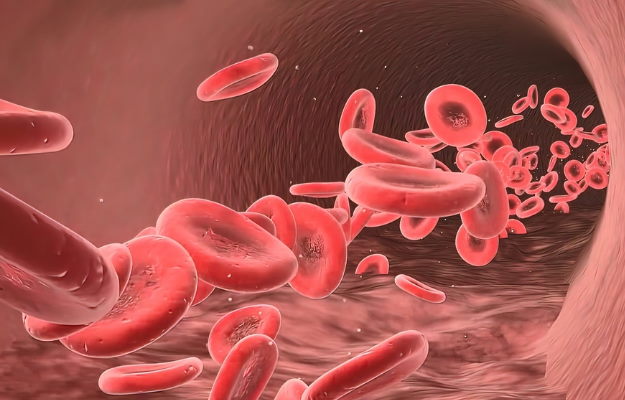Anaemia is a condition wherein your blood lacks red blood cells (RBCs) and is hence unable to fulfil the oxygen requirement of your body. Anaemia may occur due to severe blood loss or due to a deficiency or destruction of RBCs.
Some of the conditions that may lead to anaemia are:
- Pregnancy and breastfeeding
- Iron deficiency
- Deficiency of folic acid or vitamin B12
- Heavy periods
- Ulcers and chronic inflammation of the digestive tract
- Thalassemia
- Sickle cell anaemia
- Inherited disorders like aplastic anaemia
- Bone marrow disorders like leukaemia
- Infections like malaria and dengue
- Colon cancer
Common symptoms of anaemia include fatigue, weakness, pale skin, loss of appetite, irregular heartbeats, frequent headaches, difficulty concentrating, irritability, breathlessness, cracked tongue and sudden drop in blood pressure after standing from a sitting or lying position.
Some of the homeopathic medicines that can help manage these symptoms and treat anaemia are pulsatilla pratensis, ferrum metallicum, calotropis gigantea, picricum acidum, cyclamen europaeum, natrium muriaticum, phosphorus, calcarea phosphorica and arsenicum album.













